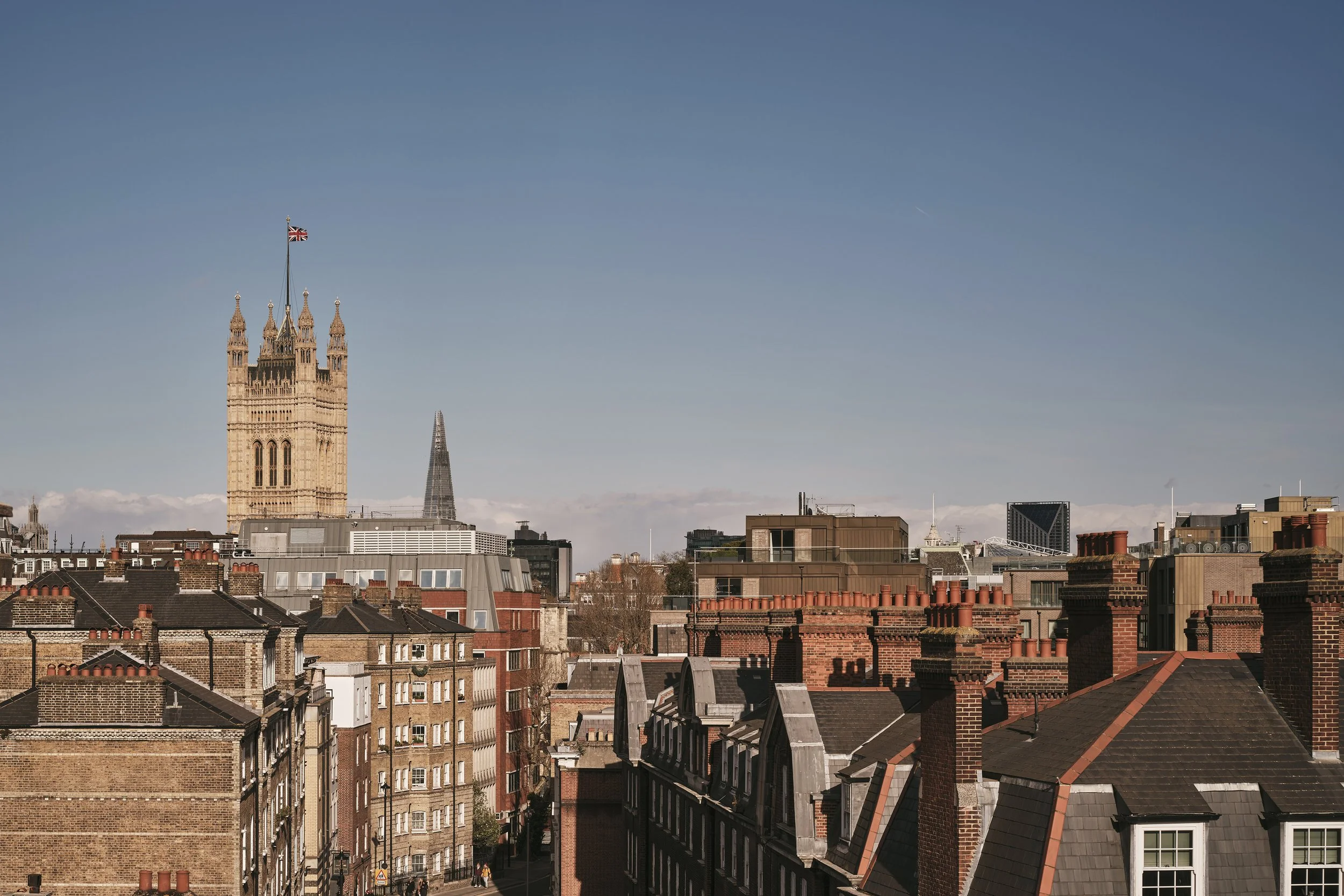Our Story
It all started with a flood…
It all started with a flood. In 2021, record-breaking rainfall overwhelmed St James’s Park — and our restoration of the Grade II-listed Westminster Fire Station.
The damage exposed just how unprepared even landmark buildings were for a changing climate.
Shaped by Experience
Rebuilding taught us that London’s housing stock faces a hidden challenge: inefficiency and vulnerability. More than 446,000 homes in London and the Southeast — many among the city’s most valuable — still hold EPC ratings of C or below. With new standards approaching, homeowners will soon need to act.
Simplifying the Complex
The greatest barrier isn’t always cost, but complexity. Retrofit can feel like a maze of consultants, reports, and technical language. We knew there had to be a better way — one that made the process clear, coordinated, and homeowner-focused.
A Future-Focused Approach
That’s why we created Alchemi Renovations. Our services combine energy assessments, retrofit planning, and renovation delivery with a design-led perspective. Every project is tailored, every detail considered, ensuring efficiency, resilience, and beauty go hand in hand.
Building for Tomorrow
Our mission is to help London homeowners make smart, future-ready improvements with confidence.
By uniting sustainability, compliance, and design integrity, we ensure homes are not only more efficient, but more resilient, valuable, and enduring for generations to come.






